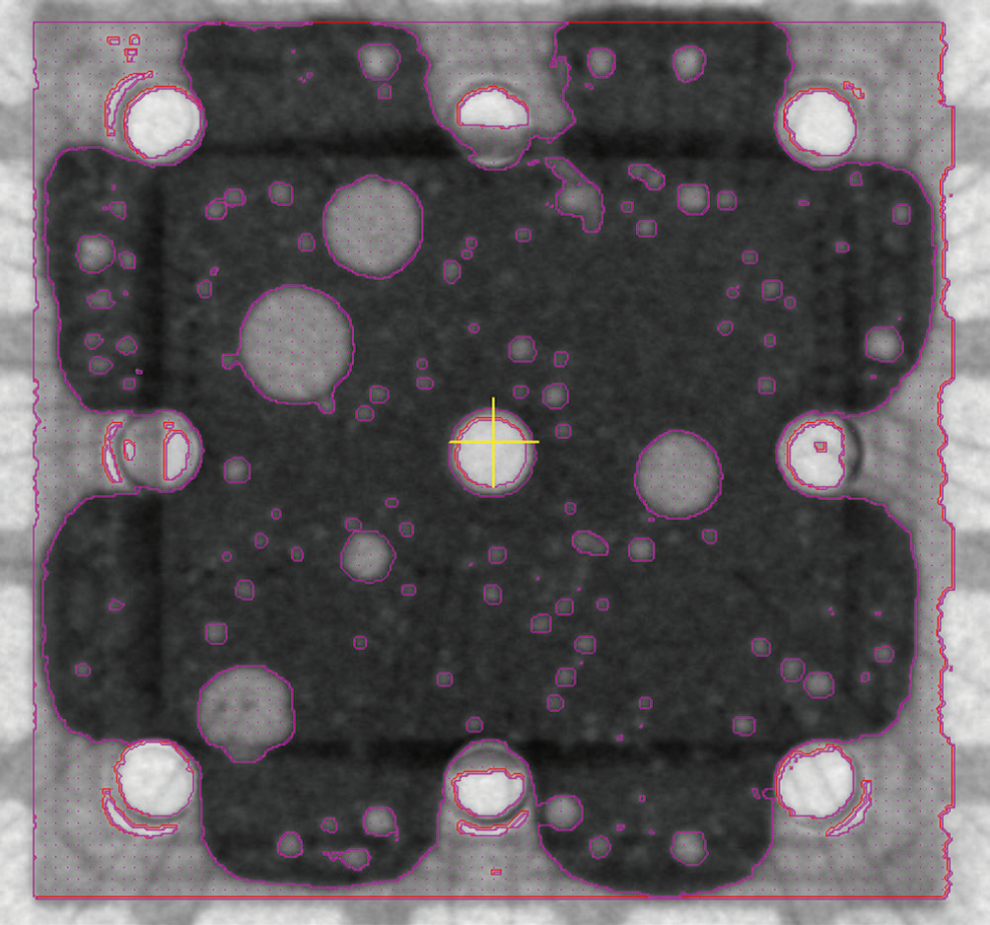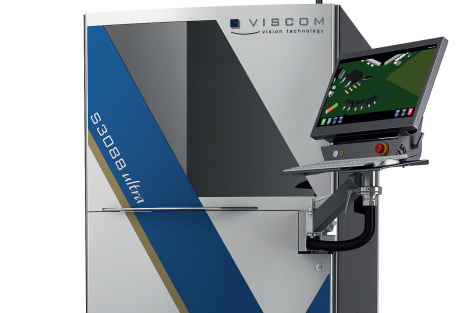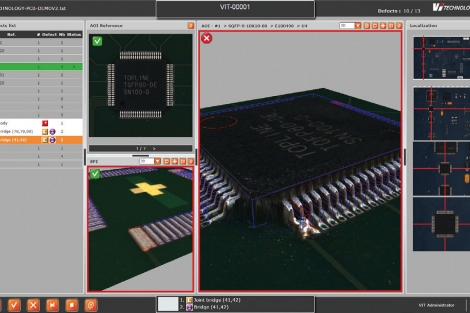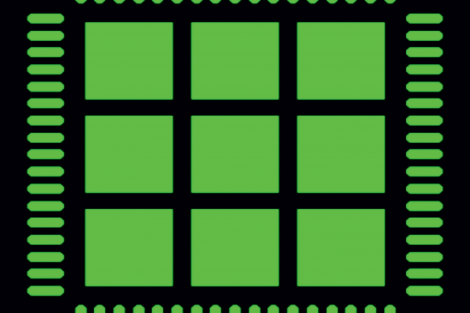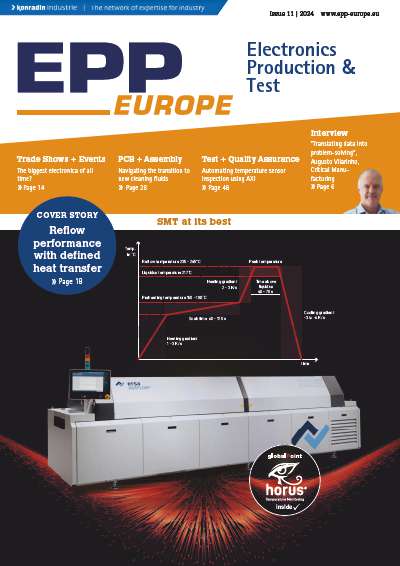Increased complexity and smaller components are one of the biggest challenges in PCBA technology. The higher the number of components and solder joints the more defect opportunities and lower yields. The result of less visual access and the increased demand for higher units per hour requires companies to adjust their inspection portfolio. Nordson Matrix presents a holistic approach to answer the given market challenges by increasing flexibility in X-ray inspection without losing their passion for speed.
Historically, automated X-ray inspection (AXI) systems were divided into 3 categories – 2D, 2.5D and 3D systems. 2D transmission systems which were originally good enough to inspect simple single- sided SMT devices. As the market for through hole mounted devices emerged and barrel-fill inspection became a must, oblique or 2.5D imaging was a more required inspection technique in the electronics industry.
Currently miniaturization and function integration result in more complex packages and package-in-packages, often placed on double sided boards, so that the need for 3D X- ray imaging emerged. In order to achieve maximum flexibility and defect coverage within the minimum amount of time automated X-ray inspection demands both very fast hardware and an effective combination of all these existing X-ray imaging technologies.
Nordson MATRIX maximizes the system effectiveness and throughput by utilizing all subsets of inspection technique with the usage of its unique patented analysis to separate top and bottom sides, the so called Slice Filter Technique (SFTTM). The presentation shows how each of the imaging types is handled within this one platform, detailed examples are given for failure detection on single sided and double sided SMT boards, pin-through-hole (PTH) devices, BGA devices and more complex structures, like package-on-packages (POP) or power hybrid modules which contain multiple solder layers orthogonally placed above each other. It has been proven that several technologies can be used to effectively detect defects. For maximizing the return on capital equipment it is strongly advised to use the fastest inspection technology which can well ensure proper defect coverage within minimum required inspection time.
High-volume production needs to focus on minimizing the line downtime caused by new product introductions or fine tuning. While certain on-line work is always necessary, Nordson MATRIX relies on off-line work so that inspection program creation and tuning does not have any impact on production capacity. This approach establishes and utilizes global package libraries. This is normally difficult to handle as an X-ray image of a certain device might look different depending on the used PCB or pad surface finish.
However, the usage of the patented Slice Filter Technique (SFTTM) makes Nordson Matrix the only supplier that has a working global component library concept, meaning that if a device type had already been tuned on a system, the settings can be freely used on other systems as well. Furthermore, MATRIX works with a unique way to ensure machine-to-machine program portability in order to minimize time spent with inspection program creation.
Exclusive calibration processes ensure that the used grey scale and geometrical setup can be identical between any number of AXI systems of the same type. This, combined with the global shape library approach guarantees that an inspection program created on one AXI system can be run on another of the same type and give the same results.
Utilizing an inspection system that provides all inspection capabilities ranging from transmission, oblique and 3D inspection provides full inspection capability in the minimal inspection time. Global libraries allow for effective NPI without affecting production while proper grey scale and geometrical calibrations enable machine-to-machine program portability.
www.nordsonmatrix.com or www.nordson.com
Listen to the presentation live at
 Budapest, May 25th, 9am – 5pm
Budapest, May 25th, 9am – 5pm
Register for FREE
Please use the registration code OLHUN17.




